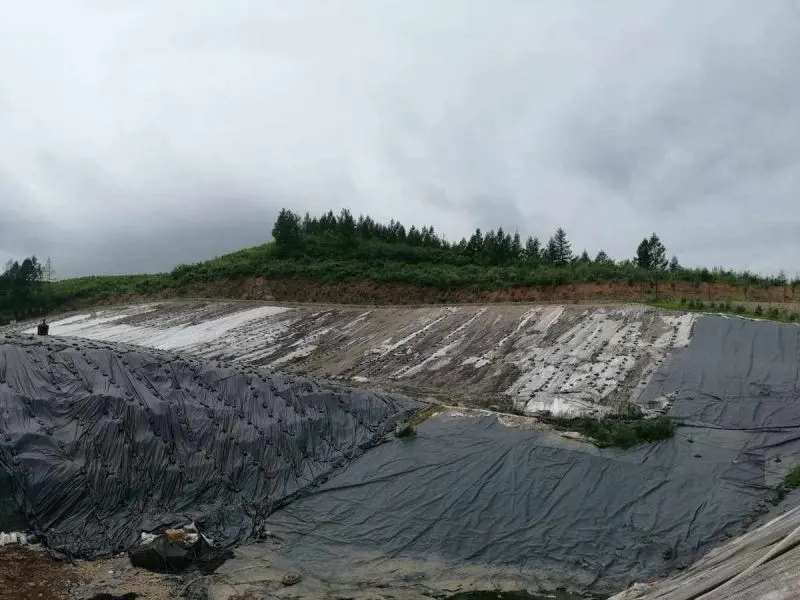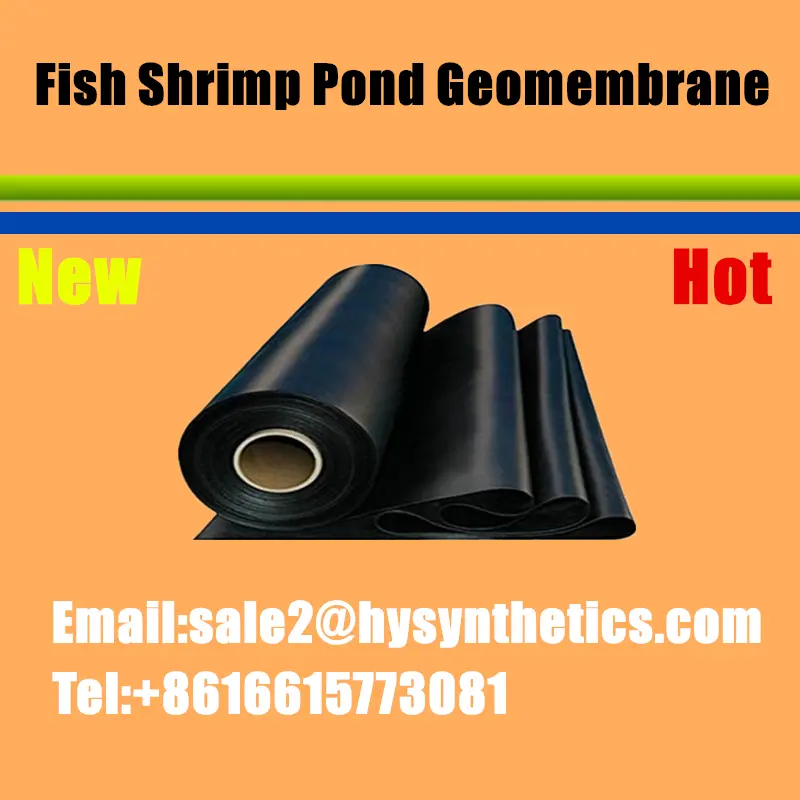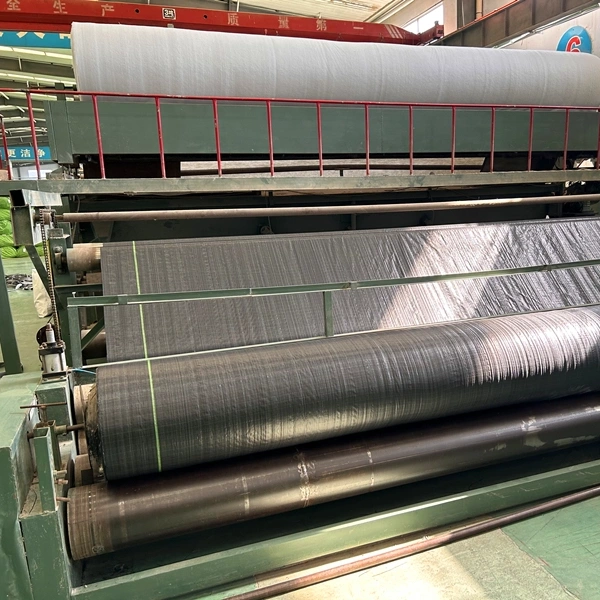Landfills play a crucial role in managing solid waste, and ensuring their environmental impact is minimized is of utmost importance. One key element in achieving this is the implementation of effective liner systems. Geosynthetic Clay Liners (GCLs) have emerged as a reliable solution, and among them, Blanket Geosynthetic Clay Liners have gained prominence for their enhanced performance in landfill applications.
What is a Blanket Geosynthetic Clay Liner?
The Blanket Geosynthetic Clay Liner (GCL) is a specialized barrier system extensively used in landfill construction due to its exceptional containment properties. Its installation involves a meticulous process designed to ensure optimal functionality and longevity. The construction of a Blanket GCL typically begins with the preparation of the subgrade, which is leveled and compacted to provide a stable base. Over this prepared surface, layers of geotextiles and bentonite clay are systematically placed. The geotextile layers serve as a protective barrier and support for the bentonite clay, which acts as the impermeable component, preventing the migration of contaminants.

Following the layering, meticulous attention is paid to seam and joint integrity, ensuring a continuous, reliable barrier. Once installed, the GCL system undergoes rigorous quality checks to confirm its effectiveness in preventing the escape of hazardous substances from the landfill into the surrounding environment.
528289.webp)
Advantages of Blanket GCLs in Landfills
Improved Sealing Performance: The bentonite clay in Blanket GCLs swells upon contact with water, creating a tight and impermeable barrier. This property is crucial in preventing the leachate migration into the surrounding soil.
Enhanced Stability: The layered structure of Blanket GCLs provides increased stability to the liner system. This is particularly important in landfills where dynamic loads from waste placement can exert stress on the liner.
Cost-Effectiveness: Compared to traditional liner systems, Blanket GCLs offer a cost-effective alternative. The ease of installation and reduced material requirements contribute to overall project savings.
Versatility in Landfill Design: Blanket GCLs can be tailored to specific landfill designs, adapting to variations in topography and waste composition. This flexibility makes them suitable for various landfill types and configurations.
Applications in Landfill Leachate Management
Landfill leachate, the liquid generated from waste decomposition, poses a significant environmental threat if not properly managed. Blanket GCLs effectively contain and redirect leachate within the landfill, preventing it from contaminating groundwater and adjacent ecosystems.
Railway Drainage Applications
Beyond landfills, Blanket GCLs find applications in railway drainage systems. Their ability to resist hydraulic pressure and maintain stability under load makes them suitable for ensuring proper drainage along railway tracks, reducing the risk of soil erosion and slope instability.
Conclusion
The utilization of Blanket Geosynthetic Clay Liners in landfill projects brings forth a combination of sealing efficiency, stability, and cost-effectiveness. As the need for sustainable waste management practices grows, these innovative geosynthetic solutions play a pivotal role in safeguarding the environment while addressing the challenges associated with landfill leachate and railway drainage.
FAQs
1. How does the Blanket GCL function in a landfill?
The Blanket Geosynthetic Clay Liner acts as a barrier, comprising layers of geotextiles and bentonite clay. This composite material forms a highly impermeable barrier that prevents the migration of contaminants from landfill waste into the soil and groundwater.
2. What are the advantages of using a Blanket GCL in landfill construction?
Blanket GCL offer exceptional sealing properties, high puncture resistance, and durability. They are cost-effective and relatively easy to install compared to traditional compacted clay liners, making them a preferred choice in landfill applications.
3. How is the quality of a Blanket GCL ensured during installation?
Quality checks during and after installation include seam integrity verification, thickness measurements, and hydraulic conductivity tests. These checks confirm the liner's reliability in containing hazardous materials within the landfill.
4. What environmental benefits does a Blanket GCL provide?
By effectively containing pollutants, a Blanket GCL helps prevent soil and groundwater contamination, preserving the surrounding ecosystem and safeguarding public health.
5. How long does a Blanket GCL typically last in a landfill?
When installed correctly and maintained properly, a Blanket GCL can provide effective containment for several decades, contributing significantly to the long-term integrity of the landfill system.
306.webp)
711.webp)
899.webp)
368.webp)

133.webp)
927.webp)

109.webp)